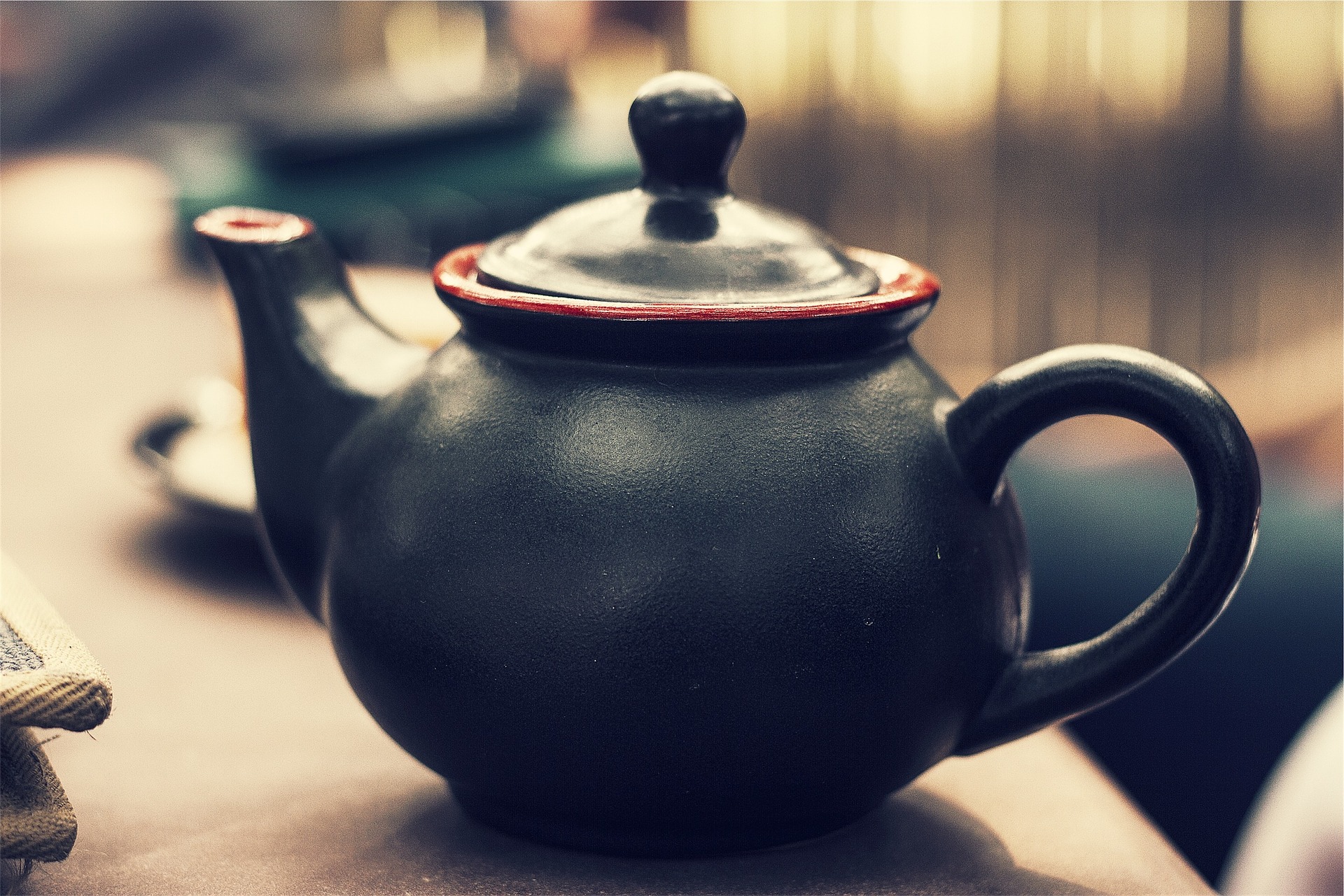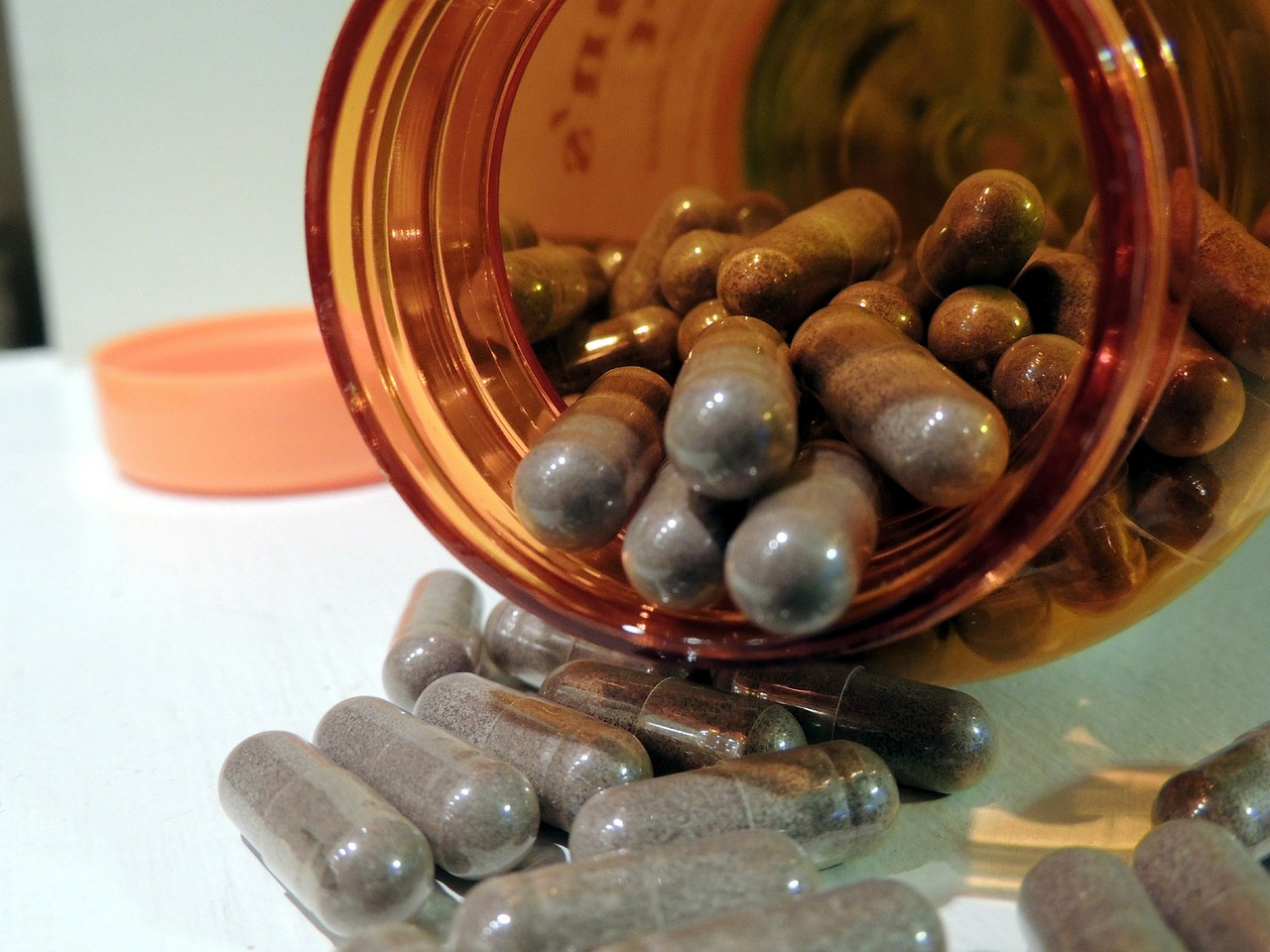If you’ve been living a migraine battleground for any amount of time, and you’re seeking natural methods as opposed to harsh and useless allopathic treatments, you’re going to want to check out Feverfew. But this powerful herb has a downside that you’ll need to know about.
For more than two millennia, Feverfew (Tanacetum Parthenium) has been used traditionally to treat fevers, cramps, headaches, and arthritic pain. Modern studies have verified Feverfew’s ability to relieve migraine symptoms from reducing inflammation and blood vessel spasms, to decreasing the frequency of migraine attacks and combating the associated nausea.
As a former migraine sufferer myself and an herbalist, it’s not surprising that I’ve gotten to know Feverfew, rather intimately. Here’s my story.

My Initiation into Treating Migraine Headaches with Feverfew
I was late to the game in utilizing Feverfew for my migraines. Previously, I had gone through 7 years of regular 3-day head-bangers before getting relief through lifestyle and dietary changes. I even wrote a book about natural treatment for migraines – I thought I had it all figured out.
But then came the highest period of stress in my life thus far, and the headaches came back again causing major disruption. This second time around they weren’t quite as bad as those earlier years, but they were back and I was determined to put the squeeze on them. I started to drink Feverfew tea on a regular basis, making strong pots of it and nursing a cup of tea all day long. The Feverfew studies showing how the herb reduced the severity and frequency of migraines always used capsules or tablets, not the tea or fresh leaves. But I felt that surely taking a wild plant from my yard was much better than the processed supplements, right?

Wrong. This did work for several months; I was still getting migraines about every 3 to 4 weeks but they were definitely liveable and with negligible nausea. I was still able to work when I had them and they were more of a nuisance than a life-stopper. So I continued. Around the 4th month of regularly using Feverfew tea, I remember it was in December. My kids all had a cold; it was near Christmas when everybody seems to get overstressed, overstimulated and ultimately sick. That’s when something went wrong with my herbal protocol.
The Problem With Feverfew Reveals Itself
I started to feel a little irritation in my nose and my mouth. I’d had a few sniffles and chalked it up to scuffed up skin due to all the nose blowing. But it got worse. And one of my kids, who’d been drinking tea with me, started to have some irritation in his nose and mouth as well.

I’d been throwing some of the dried and sometimes fresh Feverfew herb into our cold-time tea blend and was thinking all the better for a sick kid. But now we were dealing with this strange affliction, a soreness we hadn’t felt before. I was wracking my brains at the time trying to figure out what the hell it was. I’d been drinking (and serving) feverfew in all sorts of teas as though it were peppermint. It was a good thing my kid didn’t drink the copious amounts of tea that I did. At first, I thought maybe it was some weird kind of virus that made our noses and mouths sore, but that didn’t seem quite right.
So things kept getting a little worse and I still hadn’t connected the dots. I woke up one morning and I felt pain before I opened my eyes. It was my lips, they felt like they were covered with tender cold sores. But when I tentatively put my fingers to my lips, they felt completely normal. The sores were INSIDE my lips and it felt like they were on fire. It was right then that it hit me – I remembered!! Feverfew, a side effect of taking it was mouth ulcers.
It was pretty bad. I canceled all pots of Feverfew tea of course immediately, but it took a little over three weeks for all the discomfort to completely go away.
Why Does Feverfew Do This?
Nobody seems to know why this happens, even though it’s a widely reported side effect. It seemed like it was fine just taking Feverfew orally for a little while. But this herb, like many others, has a powerful and medicinal effect and should probably be taken in short courses of dosing – not over a long period of time. While the studies conducted with migraine sufferers taking Feverfew used either freeze-dried or fresh herb in capsules, none of them ate the leaves raw or drank a tea.

So it would seem safe to say that taking supplemental doses over time would work as a preventative. But this may not be the case either. One study found that 12% of participants reported mouth ulcers after taking daily capsules for several months. To me, it would be common sense to dilute the herb by taking the supplement with food and water, as to avoid similar problems and inflammations in the stomach. And at the very first sign of stomach, mouth or nose soreness, stop taking it immediately.
Is Feverfew Good for Longterm Prevention and Treatment?
The good news is that many people have taken it as a migraine preventative and for reducing migraine symptoms. They have seen positive results over time without this painful symptom. In fact, many folks actually experienced other beneficial side effects, such as decreased depression, better sleep, improved digestion and fewer allergy attacks. Feverfew, even with the possible negative side effects, is still is a viable option for holistic migraine treatment.
If you suffer from migraines, I encourage you to check out my eBook, Migraines: Natural Treatment and Prevention, which gives an overview of holistic strategies, dietary triggers and lifestyle adjustments to help prevent these blasted headaches, and make them less severe.
And if I can add one note to this blog post – I have found in my experience that with a mere 2-3 minutes of meditation per day, that I have managed to stay migraine free. So I hope you’ll consider adopting a little meditation routine into your life and that it helps you as well.